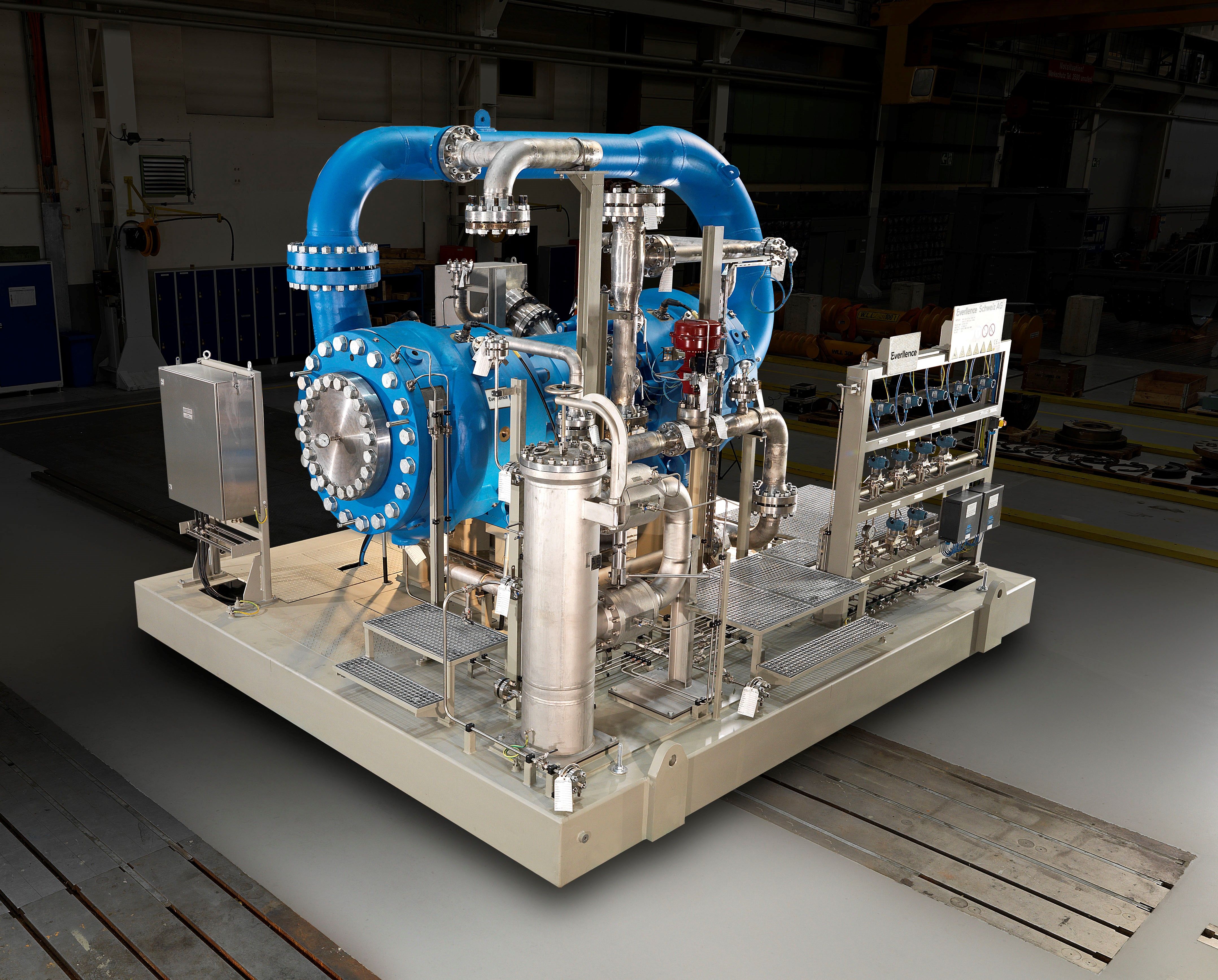Publication
Article
Turbomachinery Magazine
Should Gear Units Be Used Or Avoided?
Author(s):
For nearly all turbomachinery applications, operators prefer to utilize a direct-driven configuration and avoid gear units. But there are special cases where gear units should be used.
Following an initial evaluation such as a driver speed match analysis, vendors or consultants sometimes inform operators or purchasers that there is no way to avoid the use of a gear unit in a specific turbomachinery train. In high-speed turbomachinery applications, some vendors offer a conventional electric motor with a gear unit. This has been the case particularly for high-speed centrifugal compressors. This is considered by some as an unjustified bias against high-speed, direct-drive electric motors. The use of such motors should be evaluated more closely. The risk and possible operational issues of modern high-speed, direct-drive electric motors are usually less than the problems and issues associated with gear units.
For low-speed turbomachinery trains, the use for a gear unit can easily be avoided. Proper driver types could be selected for machinery options to avoid high-speed drivers for low-speed driven equipment. Steam turbine drivers, though, should usually be limited to direct drive applications. For example, a high-speed steam turbine driver for a low-speed compressor or pump using a gear unit for speed-match is usually a poor decision. Such a complicated configuration can potentially cause many torsional, dynamic and operational issues.
Gas turbine models should be selected to facilitate the direct drive turbomachinery arrangement. Aeroderivative gas turbines usually offer direct-drive trains compared to frame type gas turbines which could only be used in limited speed ranges.
Gear Units
There are tens of thousands of gear units that operate over long periods of time in a wide range of sizes and power-ratings. There are also many gear units for high-gear ratios (above 10), and high-speed applications such as high-speed drivers. Risks, operational issues, and high capital/operational costs associated with gear units have been accepted as fact in many plants. But operators have experienced operational issues, painful installation/commissioning procedures, delays in commission/start-up, numerous unscheduled shutdowns, high cost, and other risks associated with gear units. Because of these issues, there is a growing feeling that gear units should be avoided, if possible.
What is the optimum turbomachinery configuration? It is always best to minimize the number of machinery pieces mounted on a turbomachinery train. That means, eliminating gear units if possible. Doing so, reduces capital, operational, and maintenance costs.
Some gear-unit manufacturers and supporters blame poor application engineering or inadequate maintenance as the reason operators have problems with their gear units. But this does little to lower the relatively high failure rates and issues being experienced with gear units.
Here are a couple of examples from my own experience. They concern integrally geared compressors driven by high-speed steam turbines using intermediate gear units for speed reduction. In such a train, the speed of high-speed steam turbine is first reduced in the intermediate gear reduction. This is used to drive the main input shaft of the compressor. The speed is then increased in the integrally geared train for each compressor casing.
Such a configuration presents inefficient and problematic operation. The speed reduction followed by a speed increase presents considerable losses in the train. It also leads to constant wear and other problems. Such a configuration mandates fixed speed operation of the steam turbine. Instead, this arrangement can be replaced with a more efficient variable-speed steam turbine, direct-driven compressor configuration. This raises the efficiency, reliability, and operational flexibility of the train.
It is true that gear units are needed for many turbomachinery trains. They should be used in cases where other options are not available. But the risks and potential problems associated with gear units should always be considered. Gear units can be eliminated in many turbomachinery trains. Gear units should only be used in turbomachinery trains that other direct drive solutions cannot be employed.
Amin Almasi is a Chartered Professional Engineer in Australia and U.K. (M.Sc. and B.Sc. in mechanical engineering). He is a senior consultant specializing in rotating equipment, condition monitoring and reliability.
Newsletter
Power your knowledge with the latest in turbine technology, engineering advances, and energy solutions—subscribe to Turbomachinery International today.






